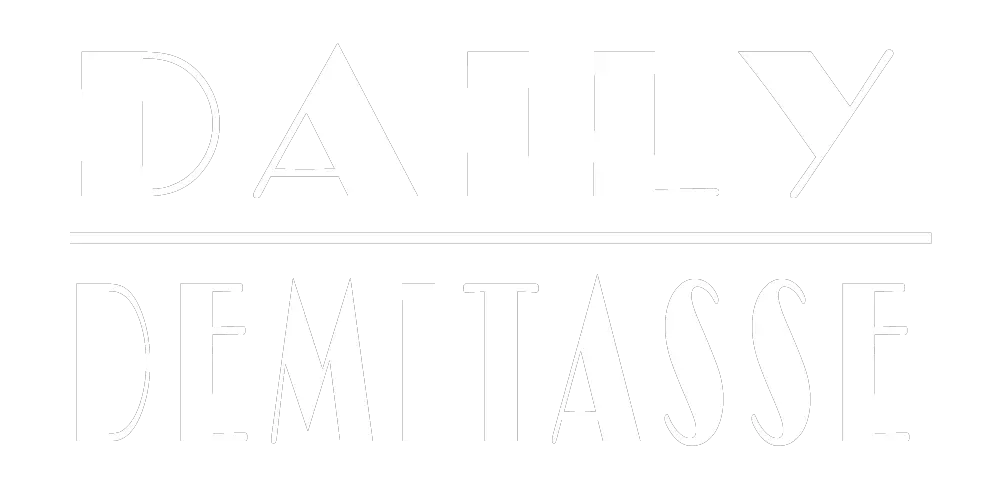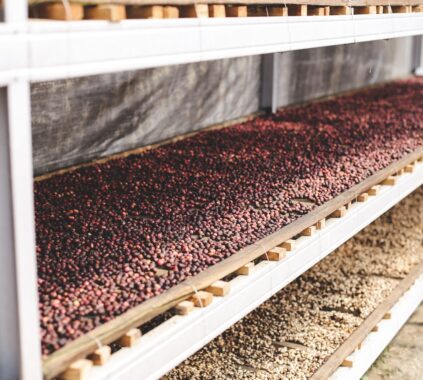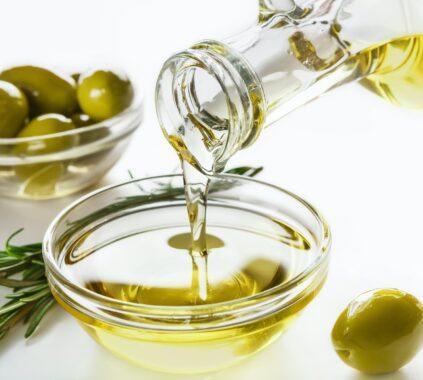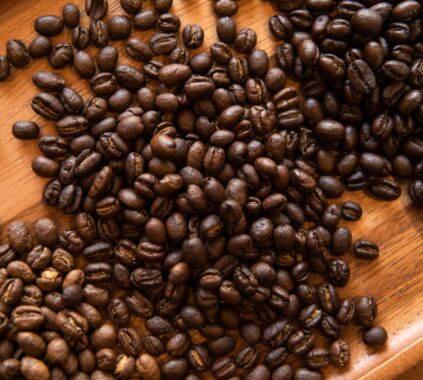Ah, the age-old question: to tip or not to tip? If you’re a coffee aficionado, you’ve probably asked yourself this question a hundred times. Do you tip your barista? And if so, how much? The answer is a little more complex than you might think. So grab a cup of your favorite brew and join us as we delve into the world of tipping etiquette.
Table of Contents
A Brief History of Tipping
Tipping can be traced back to the 17th century in England, where it began as a custom for the wealthy to give their servants a little extra money to ensure prompt service. Fast forward a few centuries, and tipping has become an integral part of the service industry, particularly in the United States. But what about your local coffee shop?
Check out our post on the Third Wave Movement
The Barista’s Dilemma
Baristas are undoubtedly the unsung heroes of our daily caffeine fix. They’re skilled artisans who craft beautiful lattes, pull perfect espresso shots, and create magic in a cup. But are they receiving the recognition they deserve? Some people argue that tipping is unnecessary, as baristas are already paid an hourly wage. Others believe that a tip is a small way to show appreciation for a job well done.
Here’s the thing: baristas often earn minimum wage, which is hardly a king’s ransom. Plus, their jobs can be physically demanding, with long hours on their feet and the pressure to maintain high standards of service. So, while tipping may not be obligatory, it’s certainly appreciated.

A Deeper Dive into the History of Tipping
While we touched on the origins of tipping earlier, it’s worth exploring this fascinating custom in more depth. Tipping is deeply ingrained in our culture, but where did it all begin, and how did it evolve over time?
Aristocratic Roots
Tipping can be traced back to 16th century England, where the practice began among the aristocracy. Wealthy landowners would provide their servants with a small sum of money, called a “vail,” as a token of appreciation for their service. This custom soon spread to the urban elite, who adopted the practice in restaurants and other establishments.
It’s believed that the term “tip” itself is an acronym for “To Insure Promptitude” or “To Insure Performance,” although this is a subject of debate among etymologists.
Crossing the Atlantic
Tipping arrived in America in the late 19th century, brought over by wealthy Americans who had encountered the custom during their travels in Europe. Keen to emulate the sophisticated manners of their European counterparts, they introduced tipping to the United States, where it quickly gained traction.
Tipping in the Service Industry
As the service industry in the U.S. expanded, so did the practice of tipping. By the early 20th century, tipping had become an expected part of dining out, with servers relying on gratuities to supplement their meager wages. During the Prohibition era, tipping also became a way to curry favor with bartenders, who were gatekeepers to the illicit supply of alcohol.

A Controversial Custom
Despite its widespread adoption, tipping has not been without controversy. Critics argue that the practice is inherently exploitative, as it allows employers to pay workers less than a living wage while expecting customers to make up the difference. In the early 20th century, some American states even went as far as banning tipping, although these laws were eventually repealed.
Tipping Today
Today, tipping remains an integral part of the service industry, particularly in the United States. While some countries have moved away from the practice or adopted alternative models, such as service charges, tipping is still expected in many parts of the world.
In recent years, there has been a growing movement to reevaluate the role of tipping in our society, with some establishments opting for a “no-tipping” policy or building gratuities into the cost of their products and services. The future of tipping is uncertain, but for now, it remains a deeply ingrained custom that continues to shape our interactions with those in the service industry.
So… How Much Should You Tip?
There’s no hard and fast rule for tipping your barista. Some people tip a standard percentage (10-20%), while others opt for a fixed amount ($1-2). Ultimately, it depends on the quality of the service and the complexity of your order. If your barista goes above and beyond, don’t be afraid to show your appreciation with a little extra gratuity.
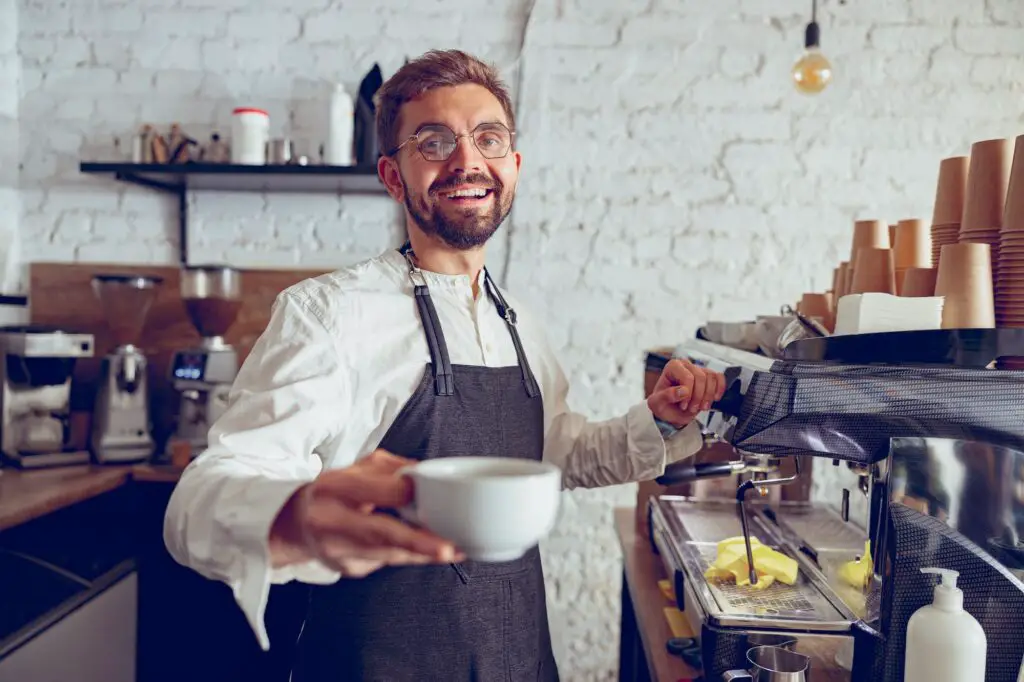
To tip or not to tip?
That’s a personal decision, but showing a little appreciation for your barista’s hard work can make their day. Happy sipping!
Check out this article on the story of coffee and where it originated.
Daily Demitasse is a participant in the Amazon Services LLC Associates Program, an affiliate advertising program designed to provide a means for sites to earn advertising fees by advertising and linking to Amazon.com. We also participate in other affiliate programs which compensate us for referring traffic.

